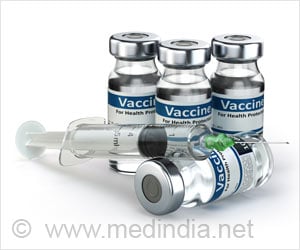
‘Alpha-PVP, commonly referred to as Flakka, was associated with at least 80 deaths in Florida between September 2014 and December 2015 alone.’
Tweet it Now
Synthetic cathinones--psychoactive substances known as "bath salts"--have been associated with tens of thousands of emergency department visits in the United States. Flakka has cocaine-like stimulant effects and is as potent as methamphetamine. The drug--which can be eaten, snorted, injected, or vaped--is associated with adverse effects such as rapid heart rate, elevated body temperature, anxiety, seizures, agitation, aggression, hallucinations, paranoia, and suicidality.
"Flakka is infamous for being tied to rashes of bizarre behavior which has led the media to refer to it as the 'zombie' or 'cannibal' drug," said CDUHR researcher Joseph Palamar, PhD, MPH, the study's lead author and an associate professor in the Department of Population Health at NYU Langone Health. "Flakka has not turned users into cannibals, but the drug can in fact be very dangerous." He further explained that this stimulant drug is very potent and chronic use has led to death from heart attacks, accidents, suicides, and homicides.
Because few studies have looked at Flakka use, Palamar and his colleagues sought to understand how prevalent use is among adolescents. The researchers analyzed data from the 2016/2017 Monitoring the Future study, which surveyed a national sample of 3,786 high school seniors across the U.S.
Overall, 0.8 percent of high school seniors in 2016-2017 reported using Flakka in the past year. Students who do not live with their parents and students whose parents have less than a high school education were at higher odds for use.
Advertisement
The authors note that Flakka use may be underreported in surveys; recent studies have found that the use of Flakka and other "bath salts" is often unintentional, as these drugs are frequently added to the party drug known as Ecstasy or Molly.
Advertisement
Source-Eurekalert










